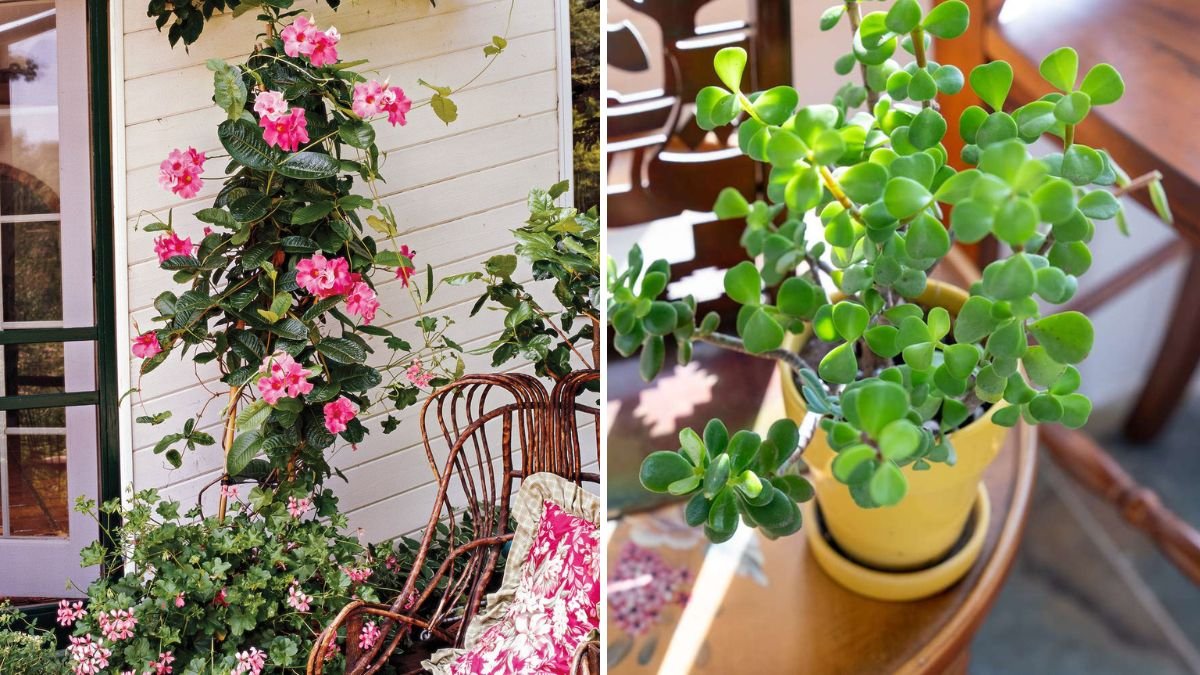Balcony gardens bring life, color, and tranquility to urban living spaces. However, winter presents unique challenges for balcony plants. Low temperatures, frost, strong winds, and reduced sunlight can stress plants, inhibit growth, or even cause death. For gardeners who want to maintain a thriving balcony garden year-round, winter care is essential. With proper planning, protective measures, and plant selection, your balcony can remain green, vibrant, and healthy even during the coldest months.
This guide explores strategies for protecting plants, soil management, watering techniques, lighting considerations, pest control, and plant-specific winter care tips to ensure your balcony garden flourishes throughout winter.
Why Winter Care Matters for Balcony Plants
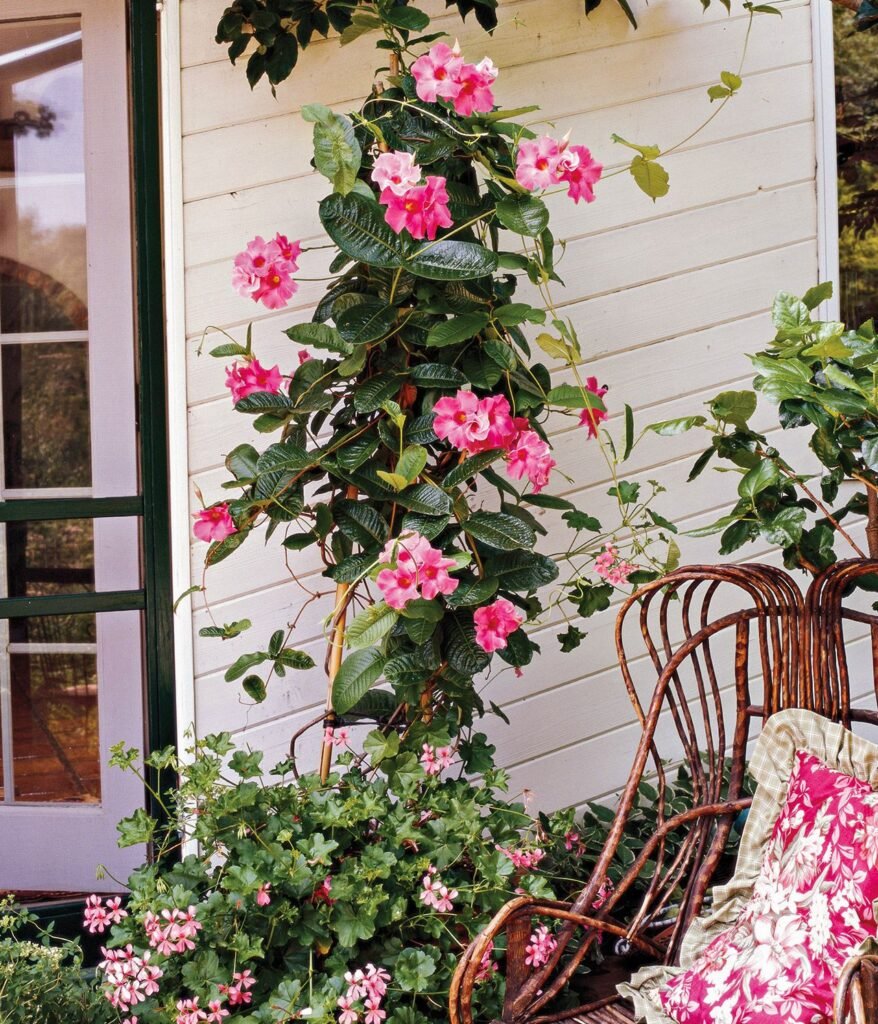
Winter can impact balcony plants in several ways:
- Cold Stress: Many plants are sensitive to frost and low temperatures, which can damage leaves and roots.
- Reduced Sunlight: Shorter days reduce photosynthesis, slowing growth and weakening plants.
- Wind Exposure: Balcony plants are often more exposed to wind, leading to desiccation and leaf damage.
- Soil Drying: Cold winds and low humidity can dry out soil faster than expected.
- Pest Vulnerability: Some pests seek shelter in containers, while weakened plants are more susceptible to infestation.
Proper winter care prevents stress, ensures plant survival, and prepares plants for spring growth.
Step 1: Choose Winter-Resilient Plants
Selecting plants suited to colder conditions reduces maintenance and loss:
- Evergreen Shrubs: Boxwood, dwarf conifers, and holly maintain foliage and structure.
- Cold-Tolerant Flowers: Pansies, ornamental kale, cyclamen, and primroses provide color in winter.
- Herbs: Rosemary, thyme, and sage tolerate cooler temperatures.
- Succulents: Hardy varieties like sempervivum and certain sedums survive frost with minimal care.
Using winter-hardy species creates a resilient balcony garden that requires less intensive protection.
Step 2: Use Suitable Containers and Insulation
Container choice and insulation affect plant survival in cold weather:
- Insulated Pots: Choose thick-walled ceramic or plastic containers to reduce heat loss.
- Double Potting: Place a smaller pot inside a larger one with insulating material (straw, bubble wrap) in between.
- Elevate Pots: Use pot feet or stands to prevent cold seeping through balcony flooring.
- Wind Protection: Position containers against walls or corners to shield plants from strong gusts.
Container management reduces cold stress and protects root systems.
Step 3: Protect Plants from Frost and Wind
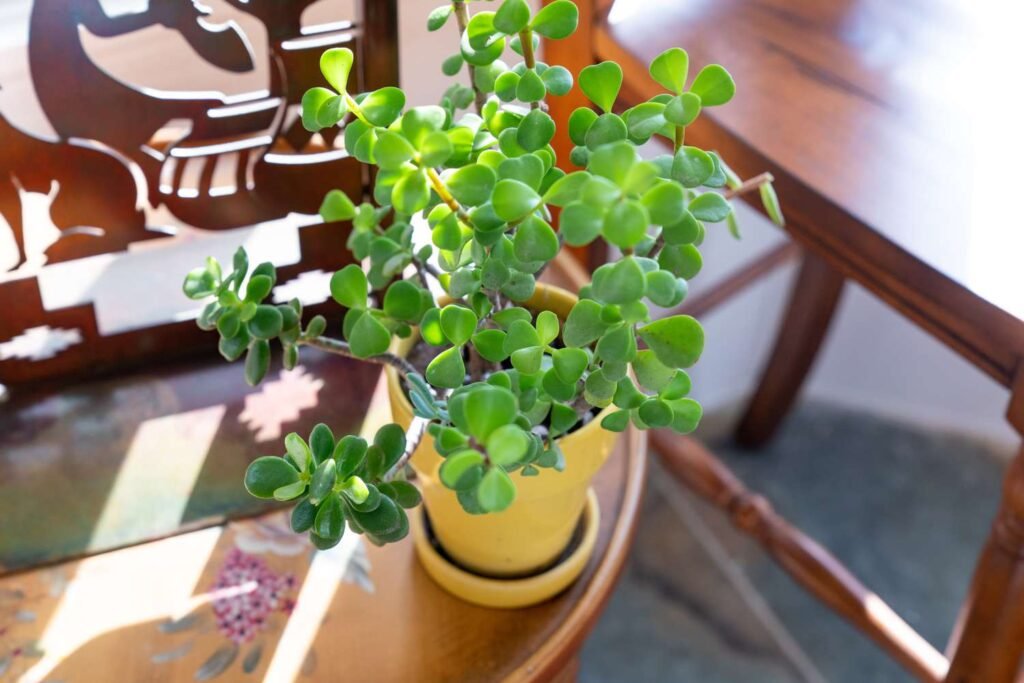
Frost and wind can damage leaves, stems, and roots. Protective measures include:
- Moveable Shelters: Bring potted plants closer to walls, under eaves, or indoors during extreme cold.
- Frost Cloths or Blankets: Cover sensitive plants at night to trap heat.
- Windbreaks: Install lattice panels, bamboo screens, or trellises to reduce wind exposure.
- Mulching: Apply straw, shredded bark, or compost on the soil surface to retain warmth and moisture.
These measures minimize damage and help plants withstand harsh conditions.
Step 4: Adjust Watering Practices
Winter watering differs from summer practices:
- Reduce Frequency: Plants require less water due to slower growth and cooler temperatures.
- Check Soil Moisture: Ensure soil is not soggy, as waterlogged roots are prone to rot.
- Water Morning or Midday: Allow soil to absorb moisture before cold nights.
- Use Room-Temperature Water: Avoid shocking roots with extremely cold water.
Proper watering prevents root damage and maintains plant health during dormancy.
Step 5: Optimize Light Exposure
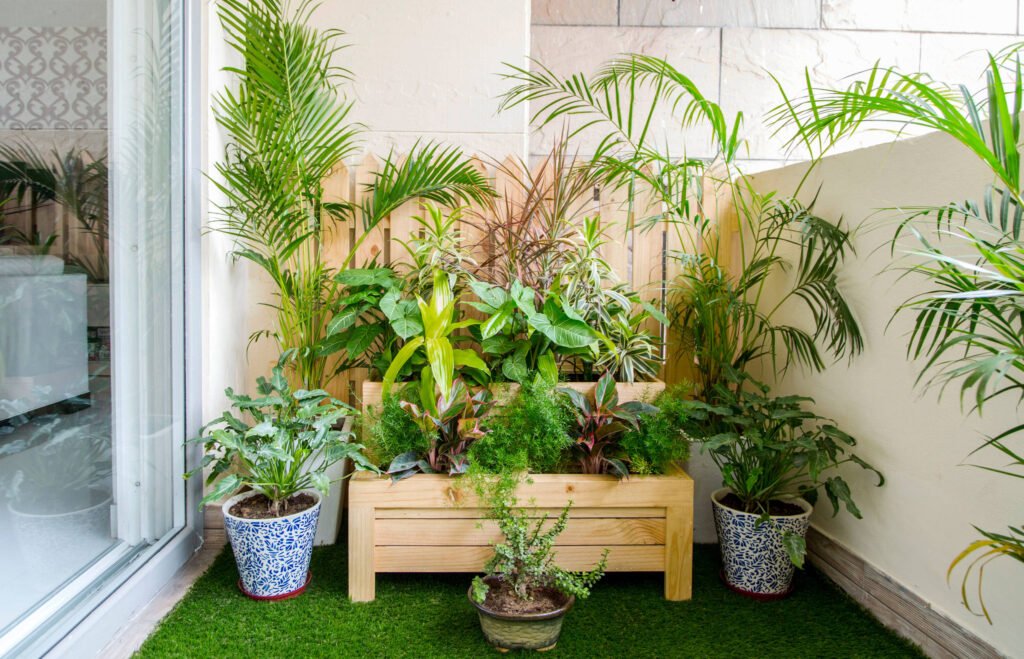
Shorter winter days limit sunlight, so maximize available light:
- South-Facing Placement: Position pots to receive maximum sun exposure.
- Reflective Surfaces: Use light-colored walls or reflective panels to enhance light intensity.
- Supplemental Lighting: Use LED grow lights if natural sunlight is insufficient for indoor or balcony plants.
Adequate light supports photosynthesis and prevents plant weakening.
Step 6: Soil and Fertilization Considerations
Soil maintenance is important even in winter:
- Well-Draining Soil: Prevents waterlogging in cooler months.
- Mulch for Insulation: Keeps soil temperature stable.
- Reduce Fertilization: Most plants are dormant or slow-growing; over-fertilizing can stress roots.
- Compost Application: A light layer of compost adds nutrients gradually without stimulating excessive growth.
Maintaining soil health ensures strong roots and prepares plants for spring growth.
Step 7: Pruning and Plant Care

Winter is a good time for selective pruning and care:
- Remove Dead or Damaged Leaves: Prevents disease and conserves plant energy.
- Avoid Heavy Pruning: Limit pruning to light shaping; major cuts can stress cold-sensitive plants.
- Support Weak Stems: Use stakes or ties for plants that may droop under frost or wind.
Pruning and care promote overall plant health and reduce winter stress.
Step 8: Pest and Disease Management
Even in winter, pests and diseases can affect balcony plants:
- Inspect Plants Regularly: Look for aphids, spider mites, and fungal growth.
- Remove Infested Leaves: Prevents spread of pests.
- Use Safe Treatments: Neem oil or insecticidal soap works even in cooler temperatures.
- Prevent Overcrowding: Good airflow reduces fungal infections in dense arrangements.
Proactive pest management protects weak winter plants from additional stress.
Step 9: Container Arrangement and Microclimate
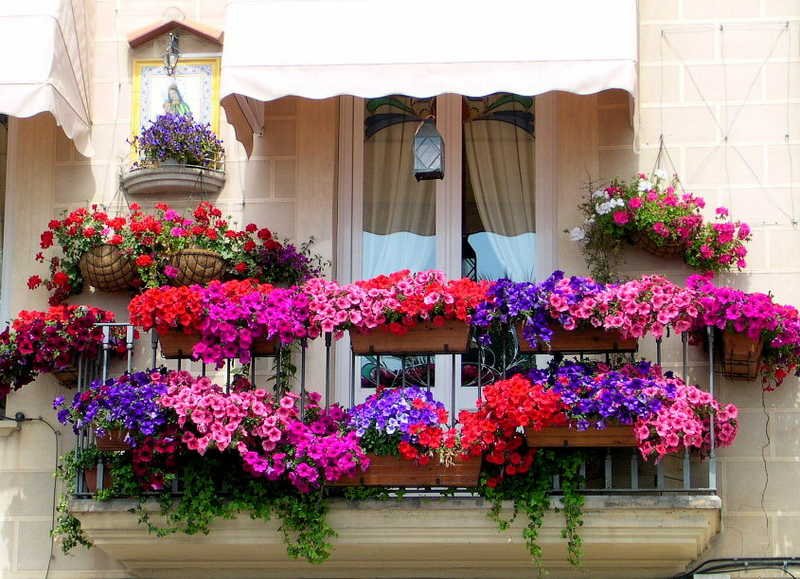
Strategically arranging pots improves plant survival:
- Group Plants Together: Creates a microclimate, trapping warmth and humidity.
- Layering Heights: Taller plants shield smaller ones from cold winds.
- Use Balcony Corners: Corners offer protection from wind and retain heat.
- Reflective Surfaces: Light-colored walls or panels bounce sunlight to shaded areas.
These arrangements reduce exposure and create a stable environment for plants.
Step 10: Seasonal Monitoring and Care
Constant observation ensures plants remain healthy:
- Daily Checks: Monitor soil moisture, leaf health, and frost exposure.
- Adjust Covers: Remove protective cloths during sunny days to prevent overheating.
- Temperature Tracking: Use thermometers to identify potential risk periods.
- Gradual Acclimation: Introduce plants outdoors slowly after indoor protection to avoid shock.
Consistent monitoring prevents damage and ensures plants survive winter unscathed.
Additional Tips for Winter Balcony Gardening
- Container Color: Dark-colored pots absorb heat and keep soil warmer.
- Wind Protection Structures: Use lattice, screens, or temporary panels to shield delicate plants.
- Indoor Relocation: Move potted herbs and sensitive plants indoors temporarily.
- Use Hardy Varieties: Opt for evergreens and frost-tolerant species.
- Water Recycling: Capture rainwater or use tepid water for consistent moisture.
Applying these strategies enhances plant survival and reduces winter maintenance challenges.
Conclusion
Keeping balcony plants healthy in winter requires a holistic approach that addresses temperature, light, wind, soil, and water management. Choosing hardy plants, using suitable containers, applying mulching, and providing protective measures ensures your balcony garden remains vibrant even in harsh conditions.
By adjusting watering, monitoring soil health, protecting plants from frost, and arranging containers strategically, gardeners can maintain a thriving, aesthetically pleasing balcony garden year-round. Proper winter care not only preserves plant health but also prepares them for vigorous growth in spring.
With consistent attention, planning, and the use of winter-resilient strategies, balcony gardeners can enjoy greenery, color, and life throughout the coldest months, making winter just another season of beauty and productivity.
